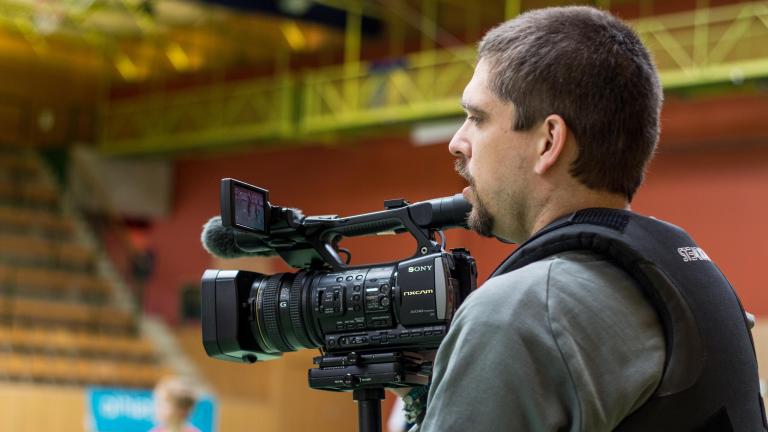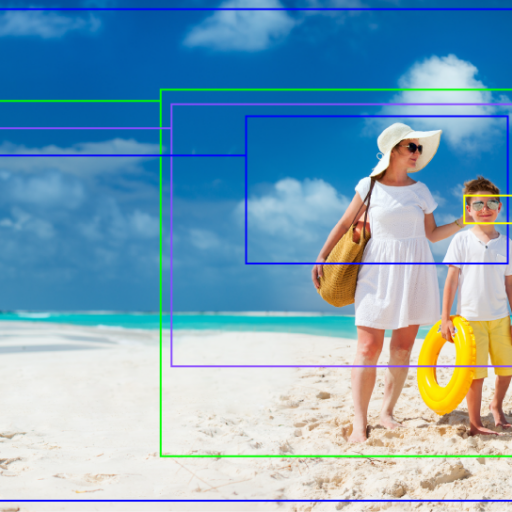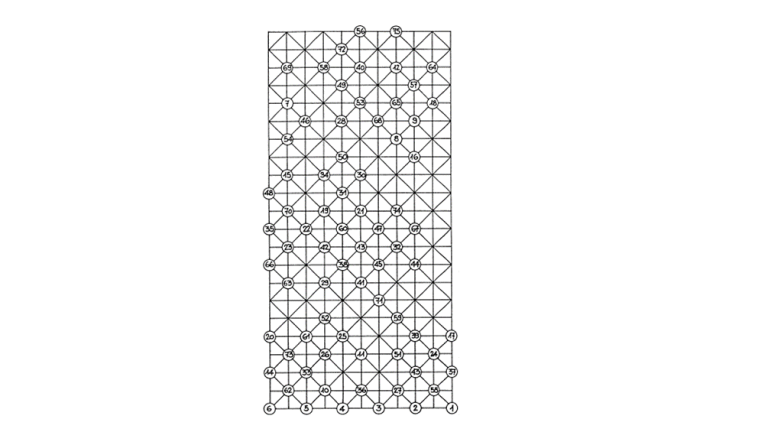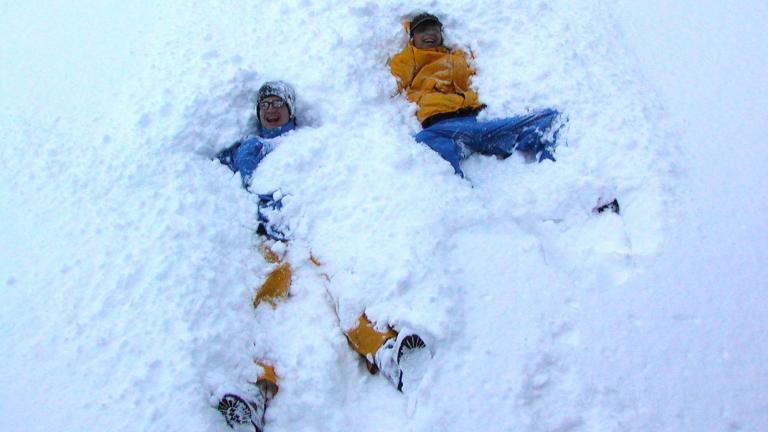I prepared this workshop as part of a camp (Steven Spielfilm - das Geheimnis des roten Fadens) organized by Bibellesebund. It deals with the topic of film from the basic idea to production and post-production.
Of course, it would be an illusion to think that the most professional films would come out of this "Filming like the pros" workshop. Professionals work in a completely different league and use very expensive equipment. This gives them possibilities that we don't have. But there are a few basic things that you should pay attention to and that make a film a little more professional.
Pre-production
Pre-production can well be described as the "planning phase". This phase should not be underestimated. The more you invest in planning, the fewer surprises there will be in the production phase.
The idea
It always starts with an idea. Without an idea, it makes no sense at all to want to produce a movie. It's about developing a good story and this story requires an idea. But what characterizes a good story? Here are a few criteria:
- The story must have a clear purpose
- Exciting turning points should be built in
- The message of the story should be clearly formulated
It should be possible to answer the following questions:
- What is the plot of the story?
- Which characters appear in the story? What makes them tick? What is the relationship between the individual characters?
- How does the movie begin and end?
- What is the message of the movie?
- What is the arc of suspense?
- What are the dramatic turning points in the movie (also called plot points)?
Once these questions have been answered, a short summary (synopsis) of the story should be written.
Screenplay
A screenplay is written from the results of the first planning phase. A good script is written in a very strict structure. It consists of the following elements.
The scene
First, a scene heading is created. The following questions must be answered:
- Will the scene be shot INSIDE or OUTSIDE?
- WHERE is the scene set?
- WHEN does the scene take place (e.g. DAY, NIGHT)?
A scene heading could look like this, for example:
INSIDE - BATHROOM - EVENING
Whenever something changes, e.g. the scene is first shot INSIDE and then OUTSIDE, or the location or time of day changes, a new scene must be created.
The plot
First of all, a plot is expected. Something is happening in the scene. This description should be short and concise. Important details that are to be shown in the movie must of course appear in the plot. All details must be relevant to the story.
If a person appears in the story for the first time, they should be written in CAPITAL LETTERS.
Example:
MONIKA looks in the mirror. She is exhausted. Tears are running down her cheeks. Her MOTHER comes through the door.
The dialogs
Keep dialog short. Long dialog can be tedious. In the script, dialog is structured as follows:
- First comes the speaker in CAPITAL LETTERS
- In the next line, the manner of speaking is written in brackets. This part can usually be omitted if it is clear from the sentence and dialog
- Finally, the dialog is written in normal style and without quotation marks or endings.
Dialogue is indented from the left in the script.
Example:
MOTHER(worried)What's wrong with you? Can I help you?
Direction and camera directions
Directing and camera directions do not actually belong in the script. However, if a particular shoot requires a certain shot, it can sometimes be useful to make a note of this. The following abbreviations are used for this purpose:
- T = long shot
- N = Close up
- CU = Close up
- POV = Point of view
Scene transitions are not written into the script either. However
- FADE IN
- FADE OUT
have been established for the beginning and end of a movie, or the start and end of a scene.
Storyboard
A storyboard is another way of planning the movie. The individual scenes are outlined here. This provides an overview of the individual scenes and the flow of the film.
The production
The camera
Choosing the "right" camera is usually not an easy choice. There are countless possibilities and every camera has its advantages and disadvantages. The most important criterion when making a choice is, of course, the cost. While some camcorders and DSLR models are available from just a few hundred francs, larger cameras can easily cost several thousand or even tens of thousands of francs or more.
Here are some camera types and their advantages and disadvantages:
Digital single-lens reflex cameras (DSLR)
are actually designed to take photos. However, they are also being used more and more in film productions.
The sound recording
For sound recording, either microphones built into the camera or external microphones are used. As with the cameras, there are also major differences in quality here.
Spoken texts are often recorded with a directional microphone. In order to get close to the speaker with these microphones as well, sound pickups are used. Other options include small microphones that are attached to the speaker.
The ambience (i.e. the background noise) should also be recorded on location. Microphones with a wider dynamic range are used for this.
It can be helpful to record and analyze only the sound of the surroundings on location for one or more minutes. This will allow you to recognize background noise before the actual production.
Stabilization systems
Tripods are part of the basic equipment of every camera operator. Especially in the telephoto range, they should not be dispensed with. When it comes to tripods, the use to which they are put is very important. Expensive tripods can be very robust and have a load capacity of several kilograms. The tripod head is very important. Care should be taken to ensure that the panning movements (horizontal and vertical) are smooth. This is often the biggest shortcoming of inexpensive tripods.
Systems such as the Steadycam or Glidecam are used for moving shots. There are systems that are carried by hand and make it easier to guide the camera. However, a system that is carried over the hips and shoulders is indispensable, especially for longer shoots or with correspondingly heavy cameras.
Different shot sizes
A movie lives from different shot sizes. We achieve something with the viewer through these shots. The reason should therefore be asked for each shot size. So, why do I choose this particular shot? Here are a few shots and what they are intended to achieve:
The long shot gives the viewer an overview of the scene. It shows the protagonists in the environment in which they are moving. An extreme form of long shot is called a supertotal. These are shot at a very wide angle and the actors appear extremely small in this shot. The landscape takes center stage.
In the half-length shot, the protagonists are shown in full life-size. It takes the viewer more into the action. The focus is on the action in the plot.
A special shot size is called"American". Here the actors are shown approximately up to their knees.
Gestures can be shown well in the semi-close-up setting. The close-up shot, on the other hand, focuses on facial expressions.
In the detail shot, the focus is on a specific detail, e.g. the boy's sunglasses or the contents of the woman's bag.
Different shot sizes are used alternately in the film. This creates tension. Below is an image that illustrates these different shot sizes.
The perspectives
In addition to the shot sizes, different perspectives are also used. This depends on the angle at which the camera is pointed at the object.
The normal case is the normal perspective. It is shot at "eye level". This perspective is common in interviews, for example.
With the bottom view, the camera is directed at the scene from below. This can express a certain dominance or superiority. But the opposite is also possible, for example when people in the large hall of an airport look at the display board and it appears excessively large. An extreme form of the bottom view is the so-called frog's-eye view.
In the top view, the camera is directed at the scene from above. It can express helplessness and loneliness. But an overview is also possible from this perspective, e.g. to show a battlefield. The extreme form here is the so-called bird's eye view.
Post-production
Video editing
Video editing can be a very time-consuming process. First of all, you need software with which you can edit the clips you have created (e.g. Adobe Premiere, Final Cut Pro X, Magix Video Deluxe, Vegas, etc.). Order is very important, especially for larger projects. If you have created a script, you can assign the films to the scenes during import. But other approaches are also possible. Start with a rough cut first and refine it later. In professional editing, the most common cut is the hard cut. Use dissolves only very sparingly.
The soundtrack
The first step in the dubbing process is to ensure that the voiceover texts are mixed in a good ratio to the atmosphere. Sound designers create a new master track from these two parts. The background music and sound effects are then mixed onto this. A lot can be achieved with music. The music sets the tone. Take a look at an action movie without music. The movie loses all its impact. The music contributes to the suspense and conveys emotions.
Effects and animations
Although effects and animations are cool, they are usually very time-consuming to implement. The simplest are so-called keyframe animations, in which an object (video, graphic, etc.) in the timeline is changed in size, position, rotation, etc. via two points.
Picture credits
- Cover picture: René Graf
- Setting sizes: Fotolia
Content may be automatically translated. Help improve the quality of the translation with your editing!




